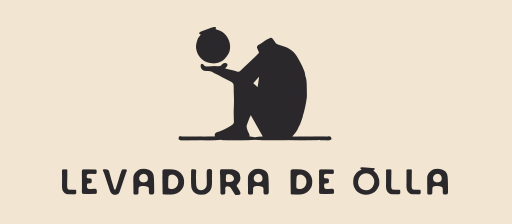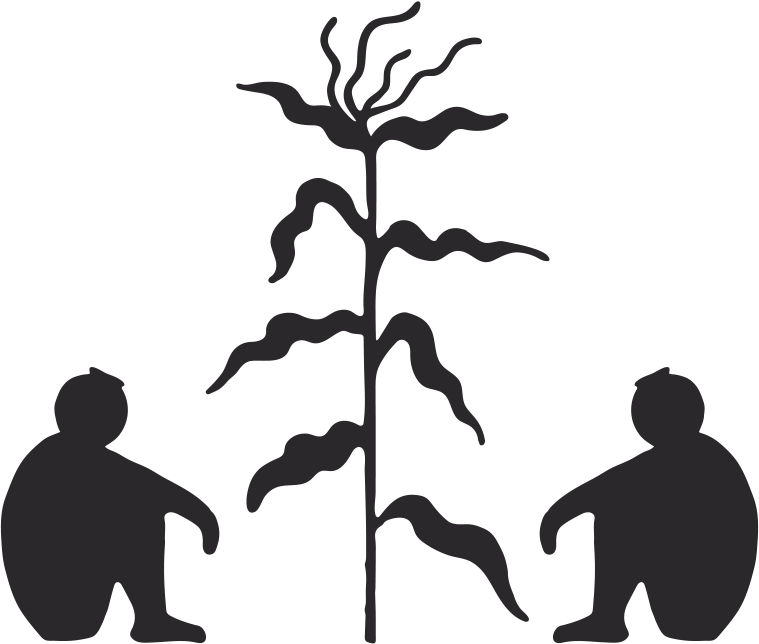
Infinite biodiversity
Our research focuses on unearthing ingredients and dishes from around Oaxaca, a state which, due to its privileged location, allows us to have access to almost unexplored corners of each region and its microclimates.
Some roads leading deep into the mountains are difficult to travel, but it fills us with pride to be able to share what we find out about the crops, culinary habits, long-held customs and forms of local commerce of these places.
Each of the eight regions treasures its own ancestral ways of planting, eating, sharing in celebrations and indigenous languages. Within them we have found a great diversity of ingredients from small harvests that we did not know about, ceremonial dishes reserved for distinct celebrations, and deep smoky flavors that are only shared during funeral rituals.
There may be some similarities between each Oaxacan region’s dishes and ingredients, but when you delve further into the roots of these foods, you will find that each community employs its own unique preparation techniques. Often the techniques and flavors even vary from family to family according to their ancestral heritage and family traditions.
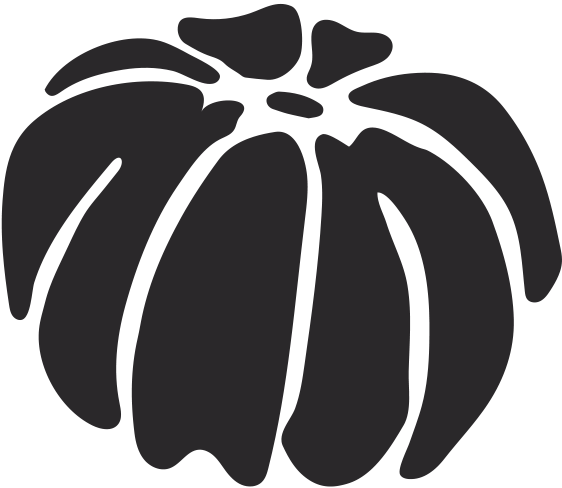
Research
- Plaza days and rural markets -
On the outskirts of the city of Oaxaca there are many towns with small established markets that hold a “día de plaza” once a week where the surrounding communities bring crops from their fields, livestock and other products.
Some towns still preserve indigenous customs such as the famous “trueque” when people trade their products for other goods without exchanging money.
In these markets you can find seasonal fruits, vegetables, herbs, seeds, mushrooms and traditional bakery, local crafts, tools and other utensils for everyday use.
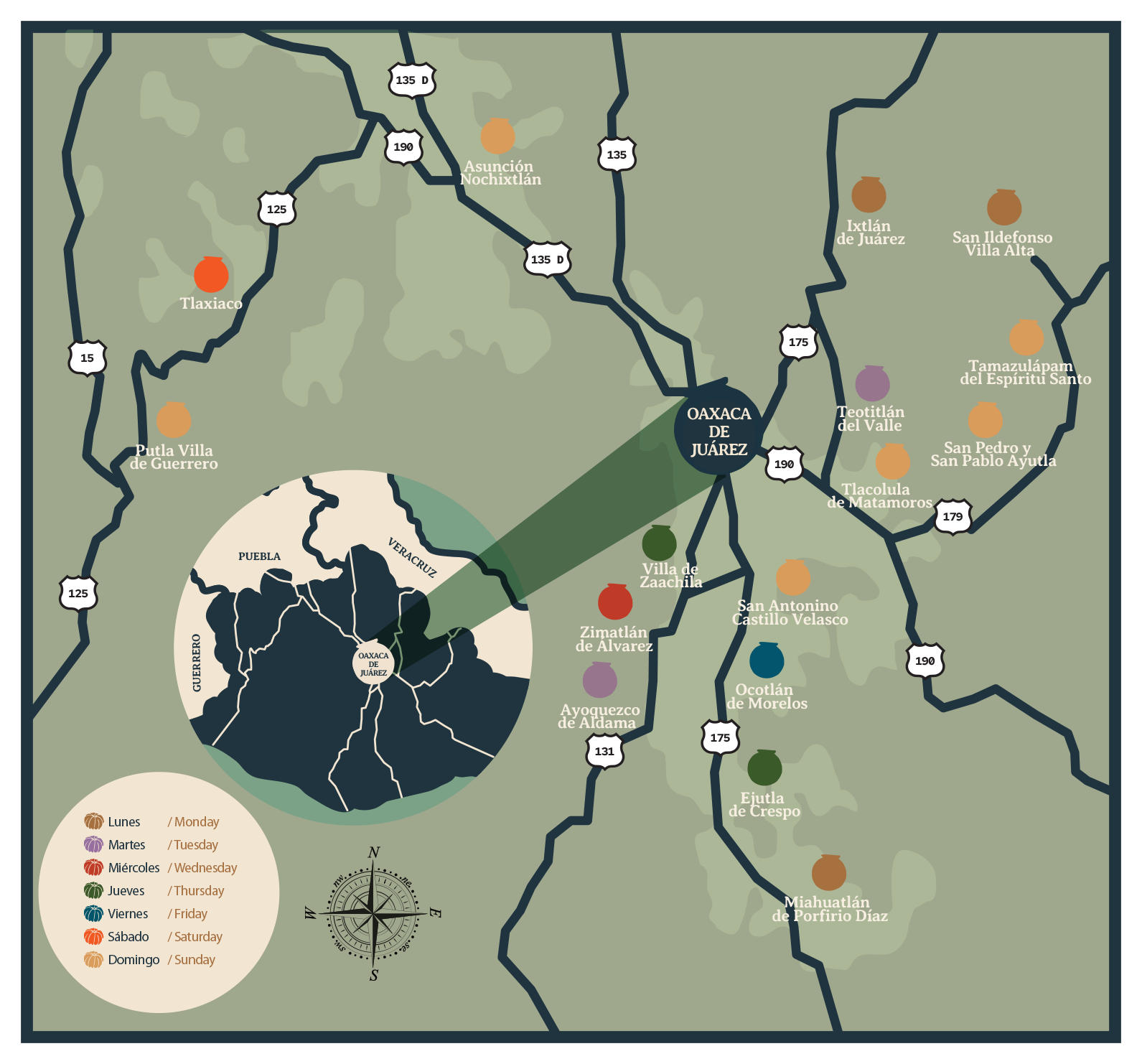

Rural life
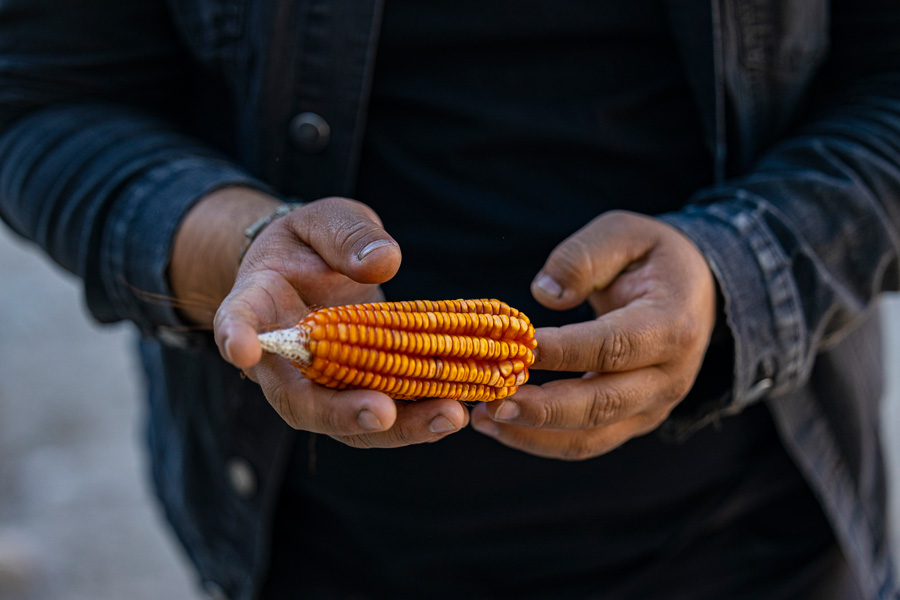
Yellow Magueyano Corn
Harvest 2023, San Mateo Yucutindoó.
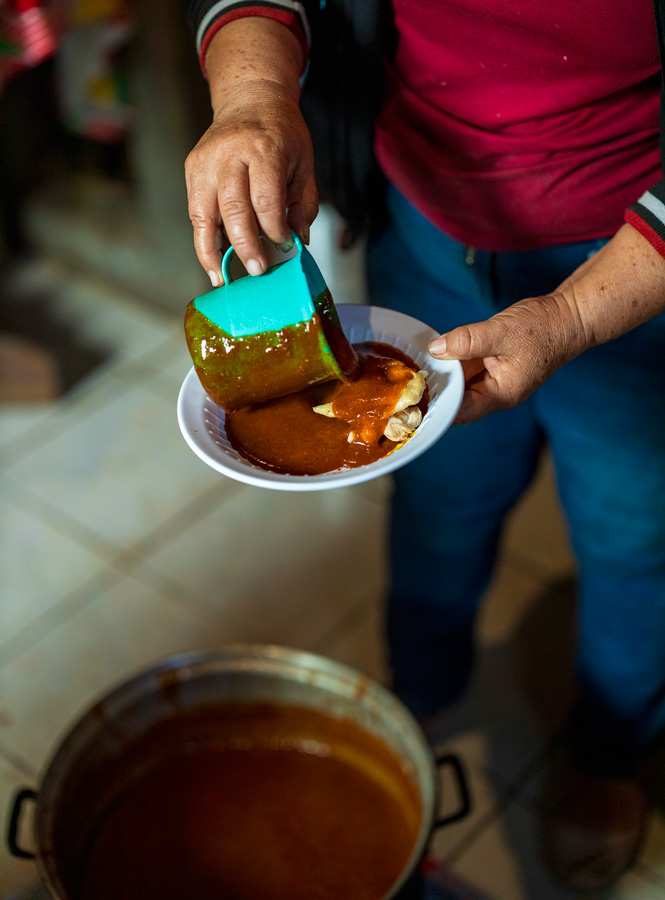
Mole de Fiesta
Mrs Celedonia serving fiesta mole with chicken for celebration in the town of San Mateo Yucutindoó.
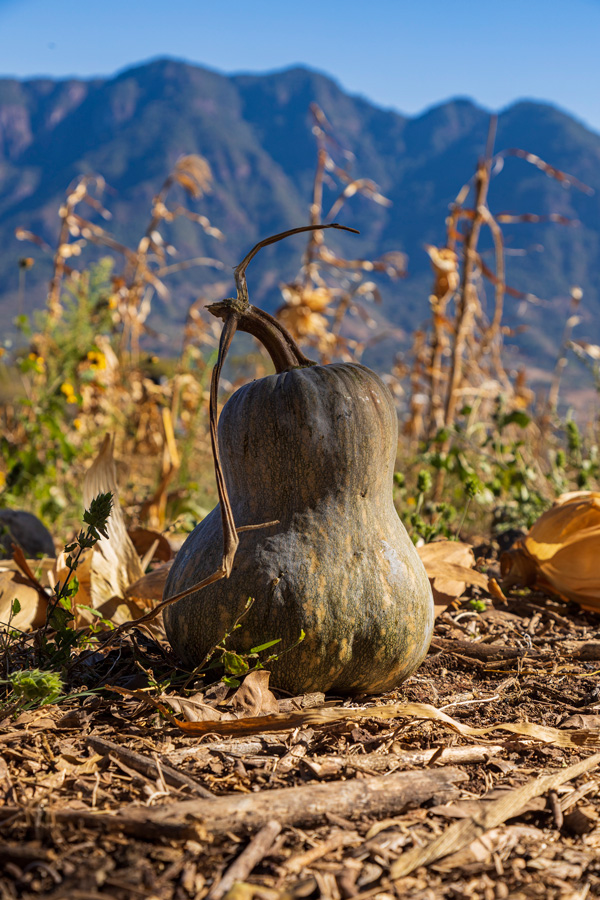
Cucurbita Squash (Támala)
Harvest at our cornfield in Pueblo Viejo, San Mateo Yucutindoó.
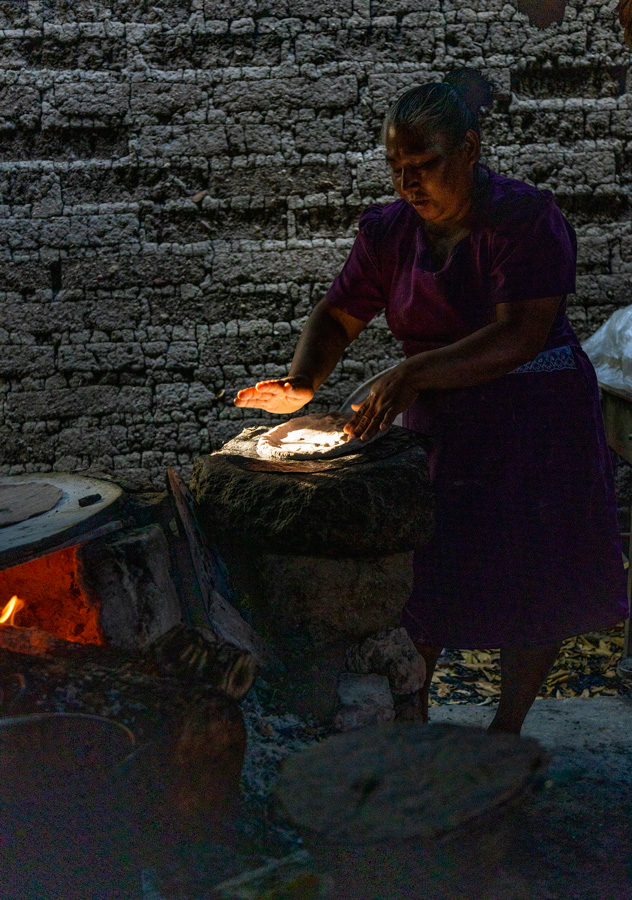
Blue Corn Tostadas
Mrs Sixta Sarmiento form San Mateo Yucutindoó making 40-centimeter toast with the blue corn she harvests in her cornfield. These tostadas are served at Levadura de Olla.
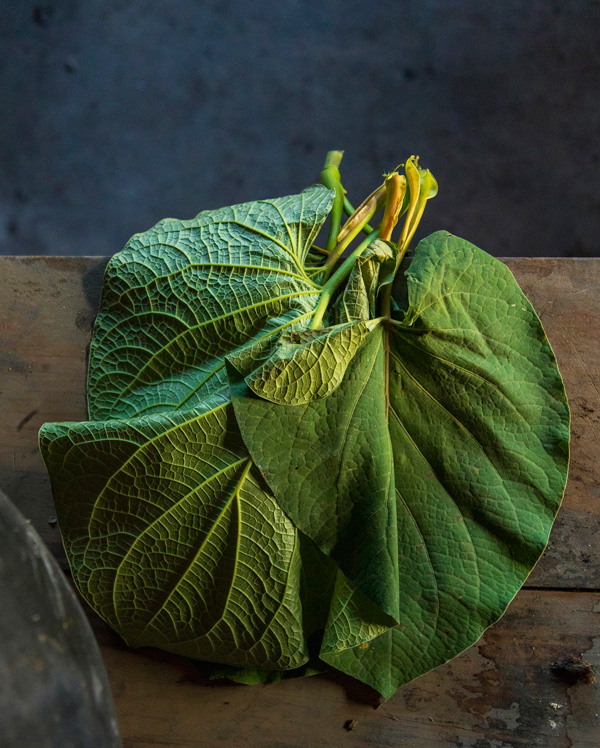
Hierba Santa
A particular leaf that gives a lot of flavor and aroma to traditional dishes and recipes (comal eggs, beans, green mole, tamales, quesadillas, etc.). Over time, different ancient civilizations have used it for both medicinal and gastronomic purposes. It is also known as hoja santa leaf and its scientific name is -Piper auritum-.
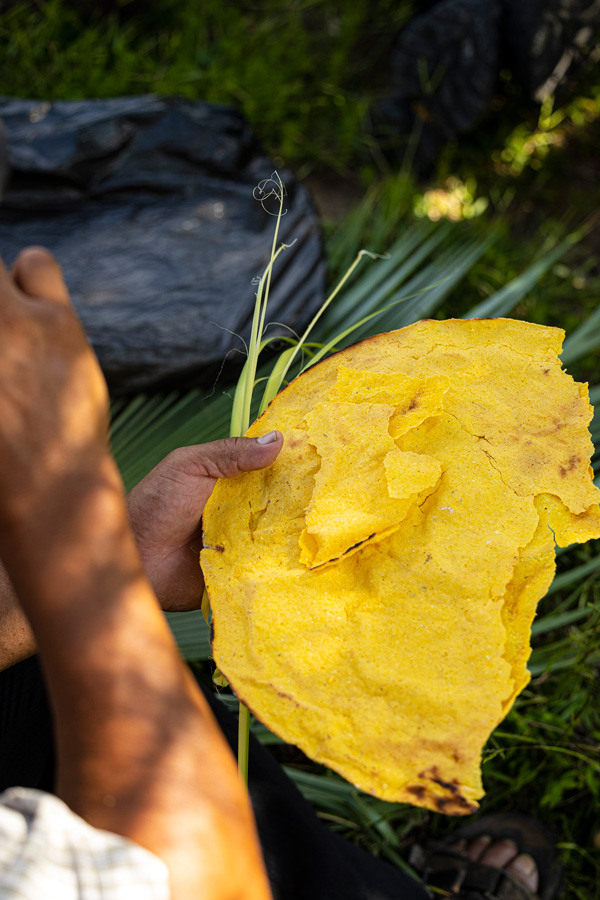
Maíz Nuevo Tostada
Tostada made with maíz nuevo (new corn) dough; a stage of corn where it is located between the corn and the cob, which has a sweeter flavor.
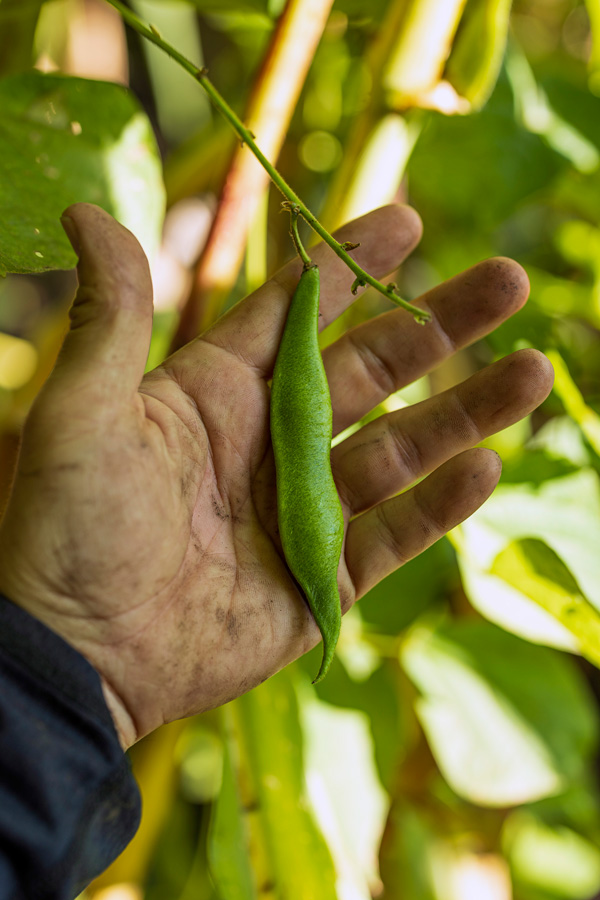
Caballo Bean
A variety of beans with very green pods that we plant every year in our cornfield.
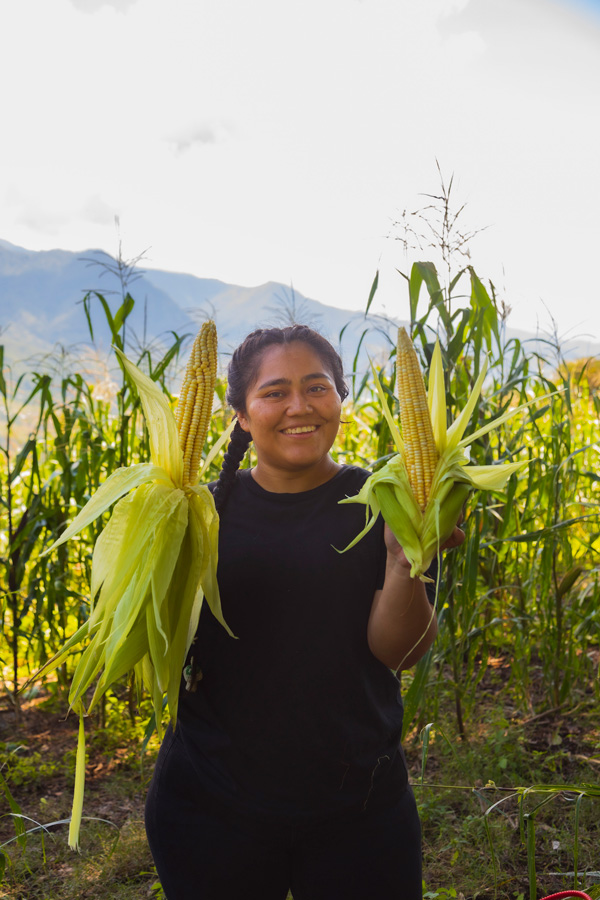
Paraje El Macahuite
Thalía Barrios with ears of tender yellow corn from the cornfields of Paraje El Macahuite.
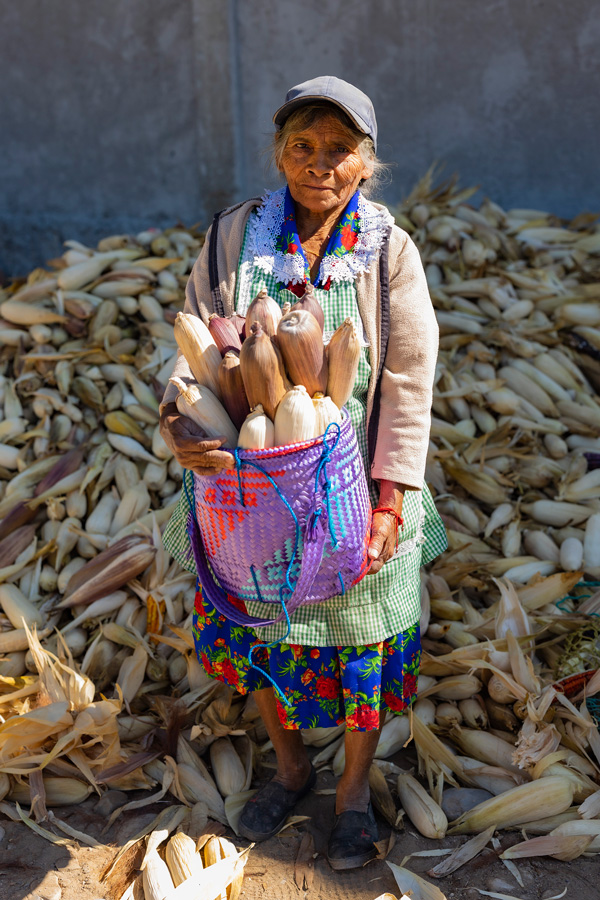
Mrs Eufrosina R.I.P.
Selection of the largest ears of the 2023 harvest that will be used for planting seeds next year and to separate the totomoxtle leaves with which tamales will be made this season. San Mateo Yucutindoó.
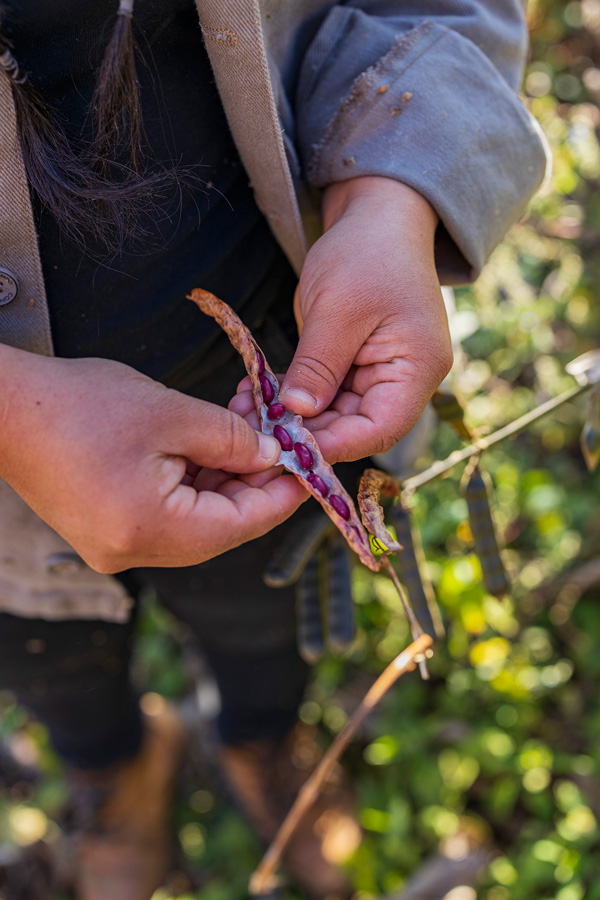
Red Bean from the Cornfield
Before harvesting, the pod is left to dry in the cornfield and then collected and stored for consumption..
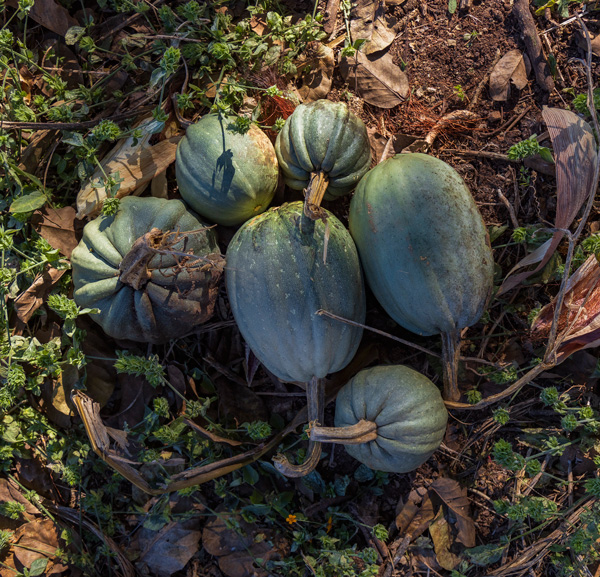
Güicha Squash
Harvest from our cornfield.
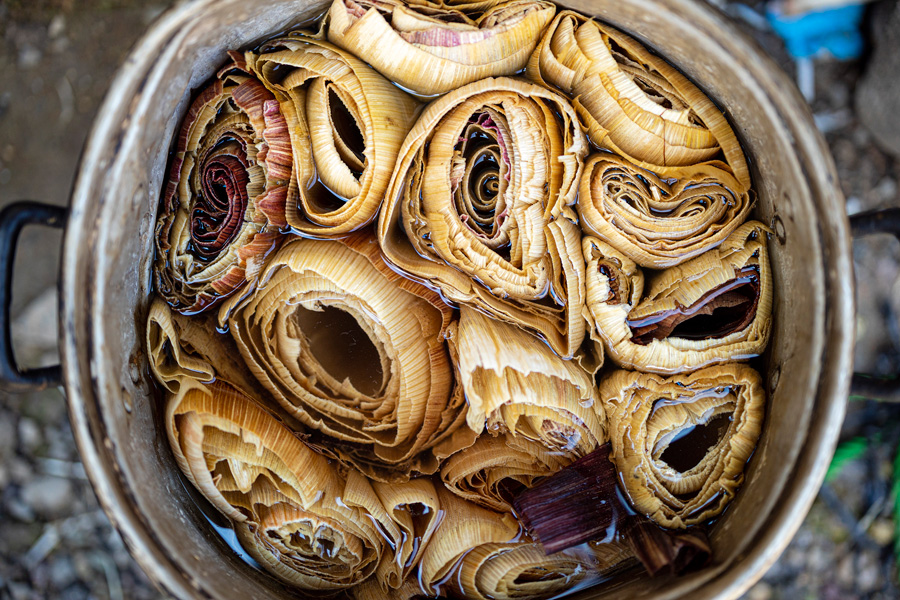
Soaked Totomoxtle
Before making tamales, the base of the totomoxtle is cut and soaked in a pot to soften the leaves and not break when spreading them to apply the corn dough. This technique also serves to eliminate the small prickles that totomoxtle naturally have.
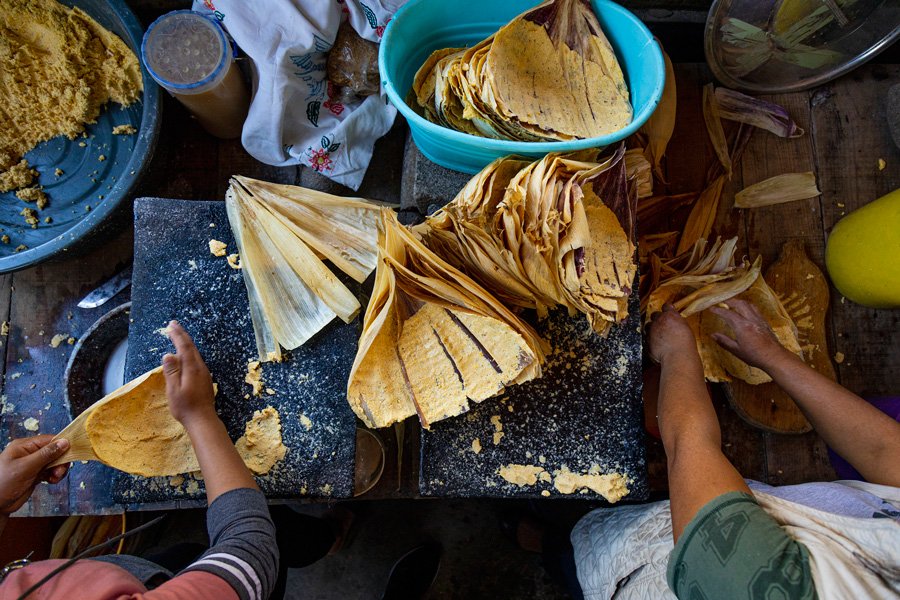
Ceremonial Tamales
Preparation of tamales from the San Mateo Yucutindoó region. This peculiar tamal is made by spreading the cut totomoxtle on the base and then spreading the dough in a thin layer.
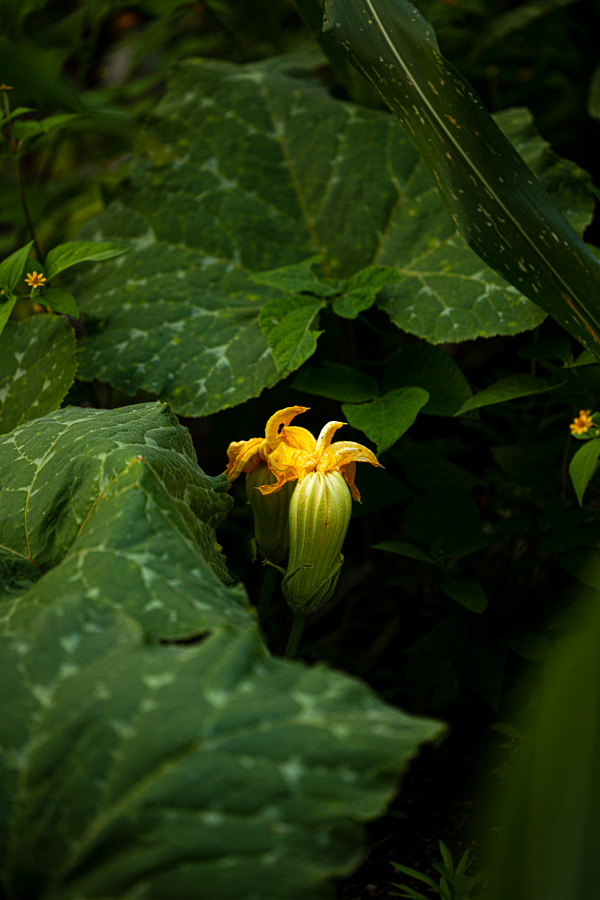
Chompa Squash Blossom
This type of flower is consumed in large quantities in Mexican cuisine, it provides a lot of flavor and due to its high water content it doesn't provide calories. Once harvested they must be consumed immediately as they cannot be stored for more than 24 hours. Before being harvested, the flowers are identified which are the males for consumption and the females remain in the cornfield to grow squash.
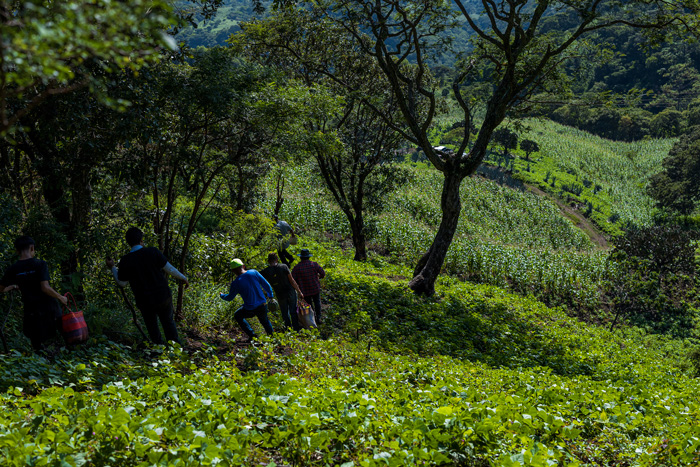
Work Day at the Cornfield
Peasants going to the cornfield where the work day will be for weeding.

Breakfast in the Countryside
Thalía Barrios serving everyone after a day of hard work in the cornfield. A small kitchen is improvised with a comal to prepare breakfast and rest under the shade of a tree.
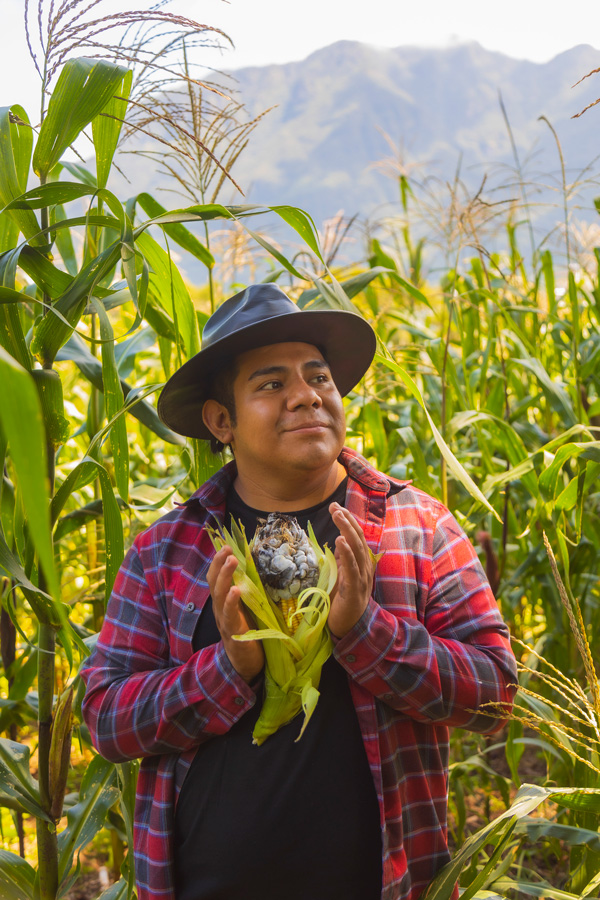
Paraje el Macahuite
Jesús Ramos holding a cob with huitlacoche (corn smut) that was harvested in the cornfields of Paraje El Macahuite.
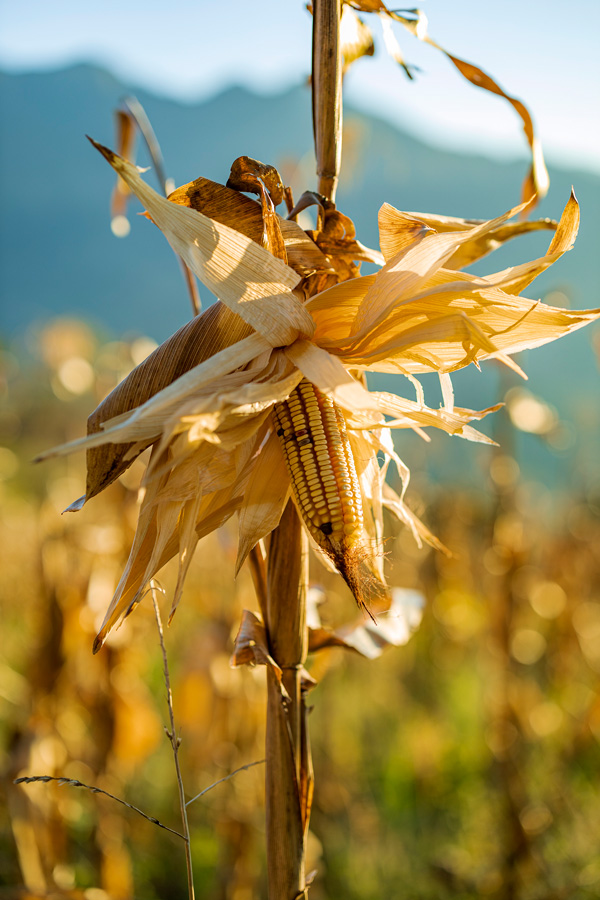
Tatanano Corn
Variety typical of the San Mateo Yucutindoó region. Harvest 2023.
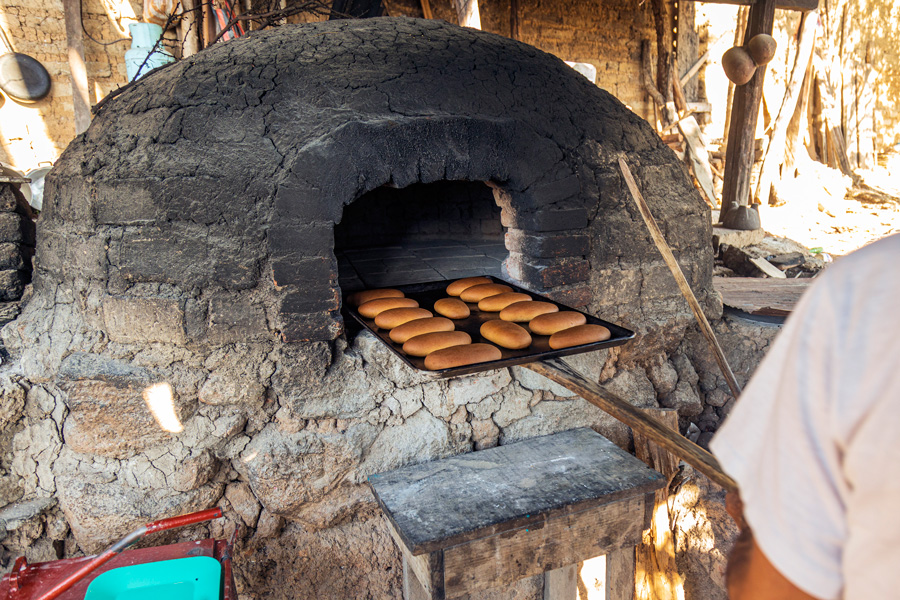
Adobe and Stone Oven
Pan del bueno, baked at Mrs Rosa Sarmiento'r house in San Mateo Yucutindoó.
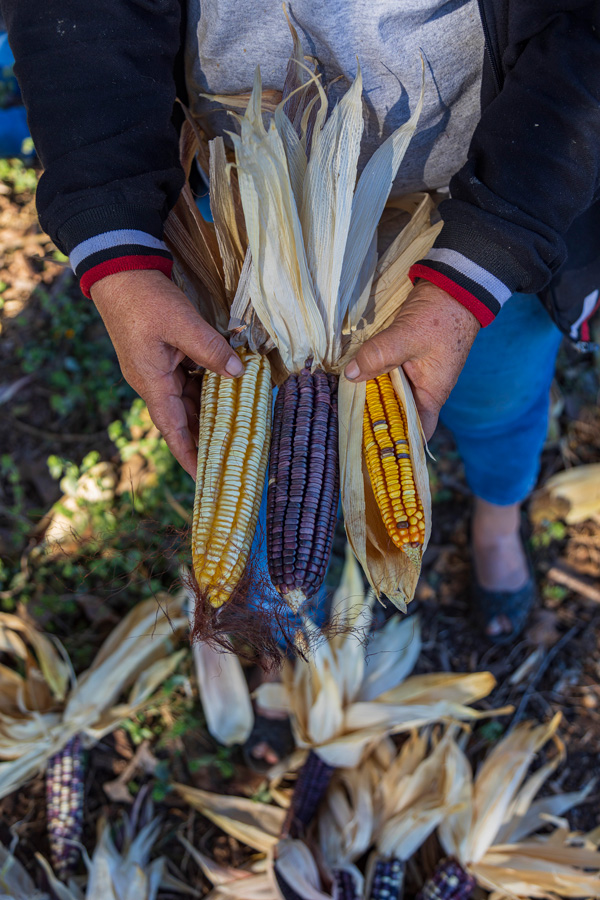
Magueyano, Olotón & Tatanano
Mrs Celedonia proudly displaying her three different types of corn collected in his cornfield.
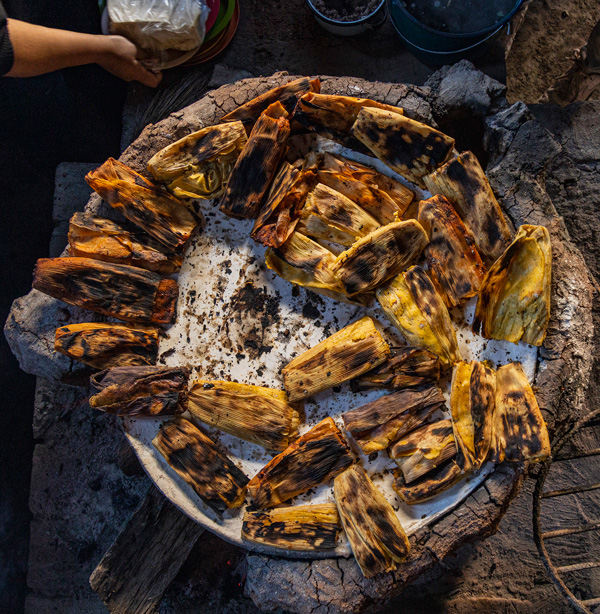
Mole Rojo Tamales
The day after any celebration, the leftover tamales are heated on the comal to be served for lunch.
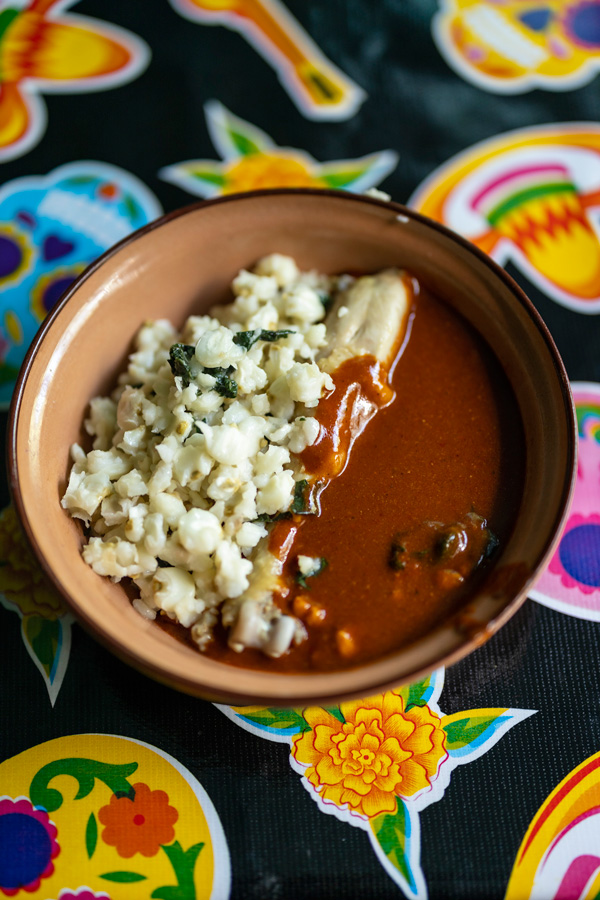
Mole de Fiesta with Dried Pozole
This mole sauce is served with a piece of chicken in special celebrations and ceremonies in San Mateo Yucutindoó. It is accompanied with dried pozole that is cooked with hierba santa.
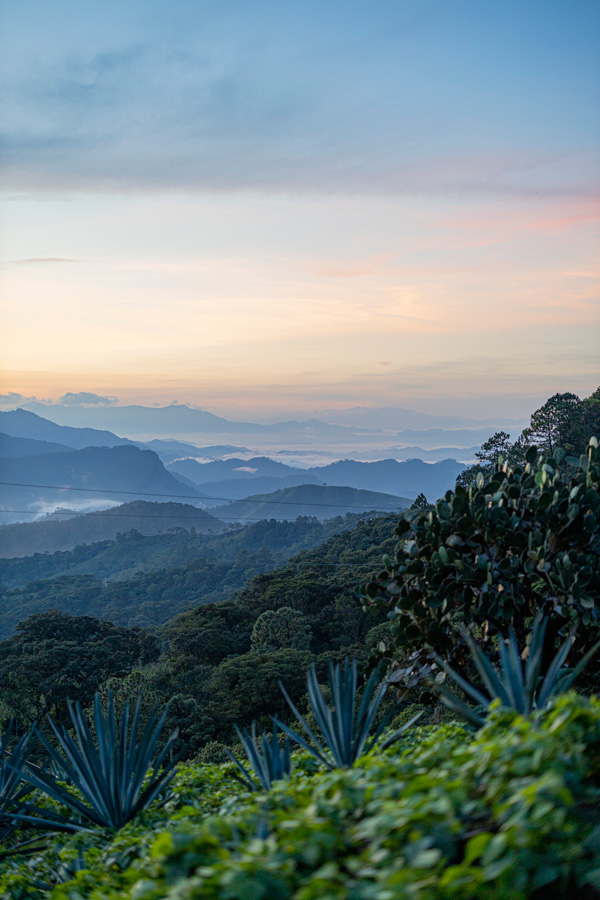
Harvests
In the fields of the community of Pueblo Viejo in San Mateo Yucutindoó, we have our milpa system where we also plant Ixtle maguey with which mecate is made, different varieties of beans, squash and Castilla paddle cactus that help to enrich the crops with nutrients.
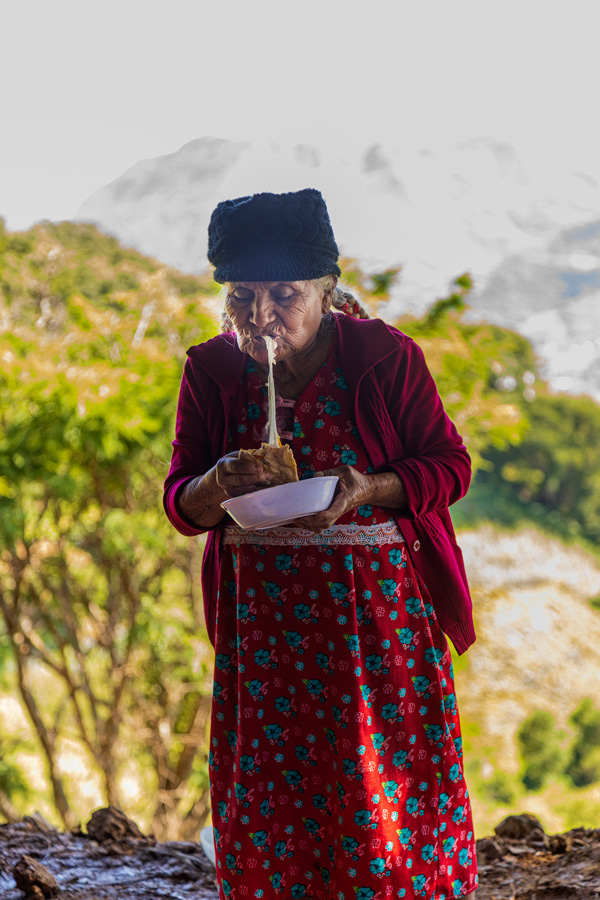
Quesadilla from the Comal
Mrs Isabel enjoying a quesadilla after cooking and feeding the entire group that worked in the cornfield.
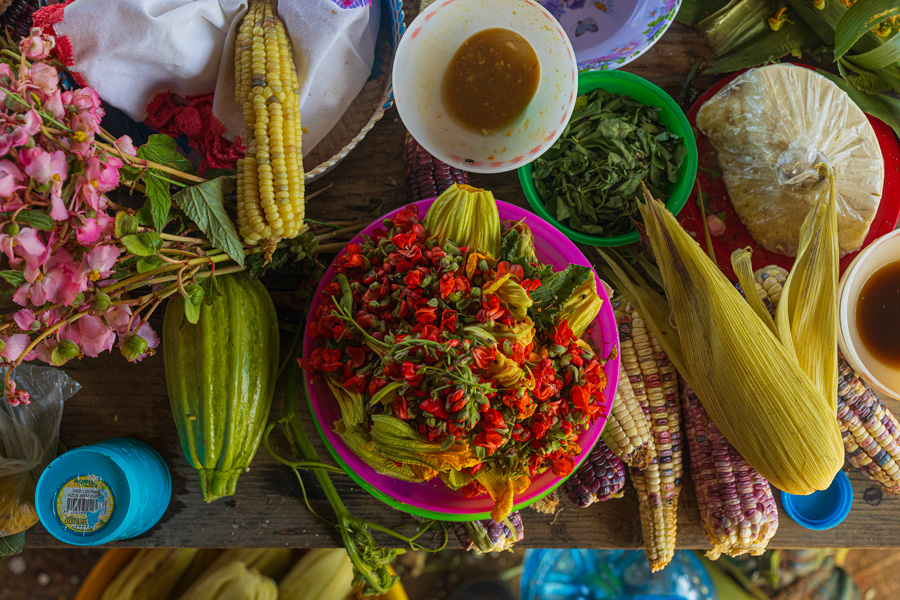
Tejón Flowers
A variety of flower that can be consumed in soups, empanadas, with eggs and other dishes from the Sierra Sur.
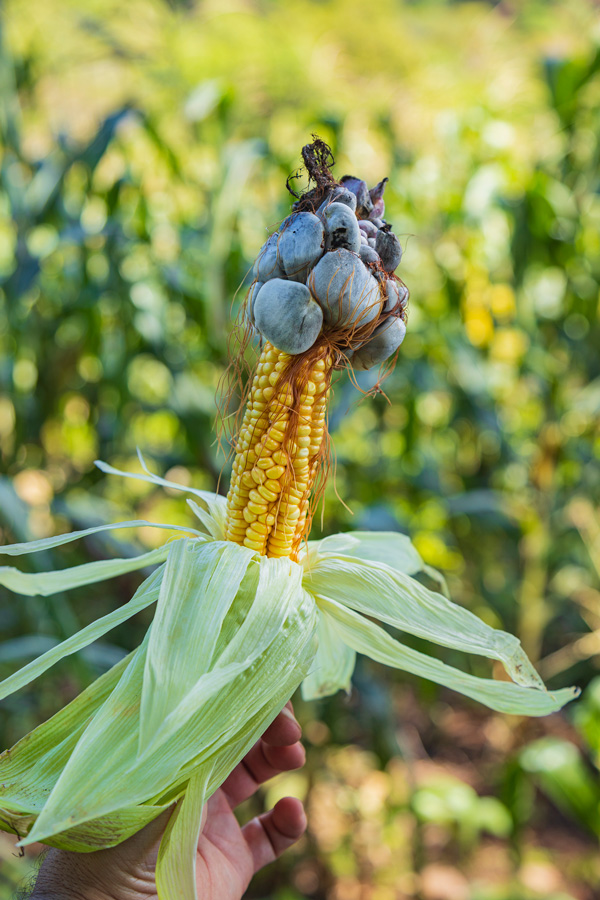
Huitlacoche (Corn Smut)
A variety of fungus that infects corn kernels and is consumed in various dishes in Mexican cuisine. The ancestral knowledge of the milpa and corn has given great value since ancient times to this coveted and exotic ingredient.

